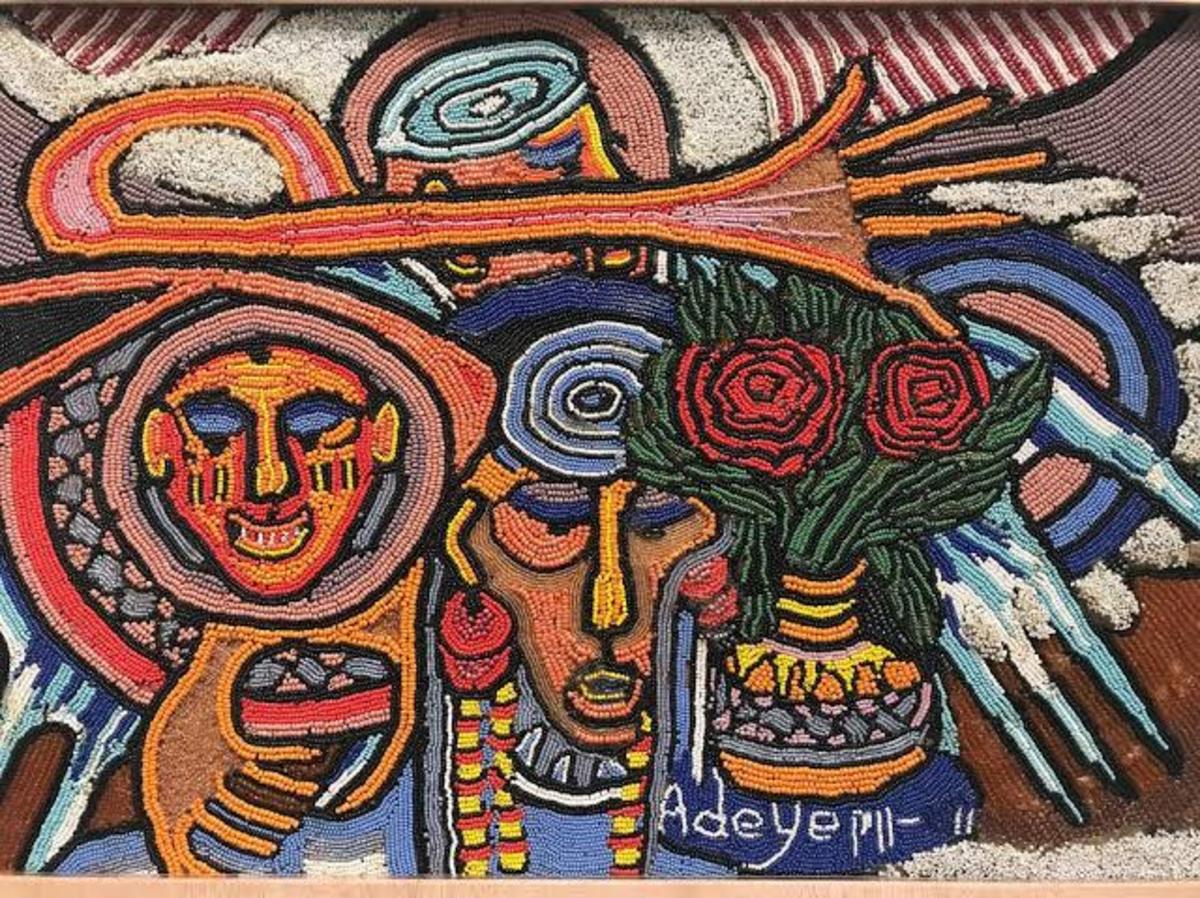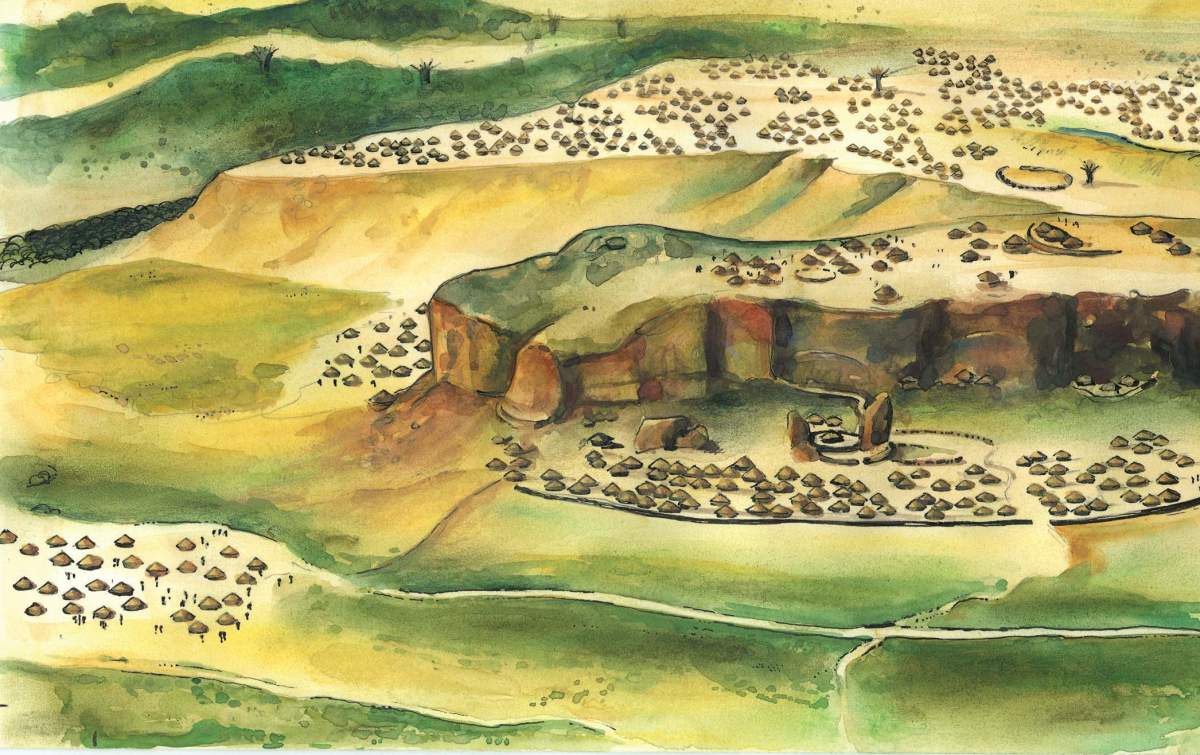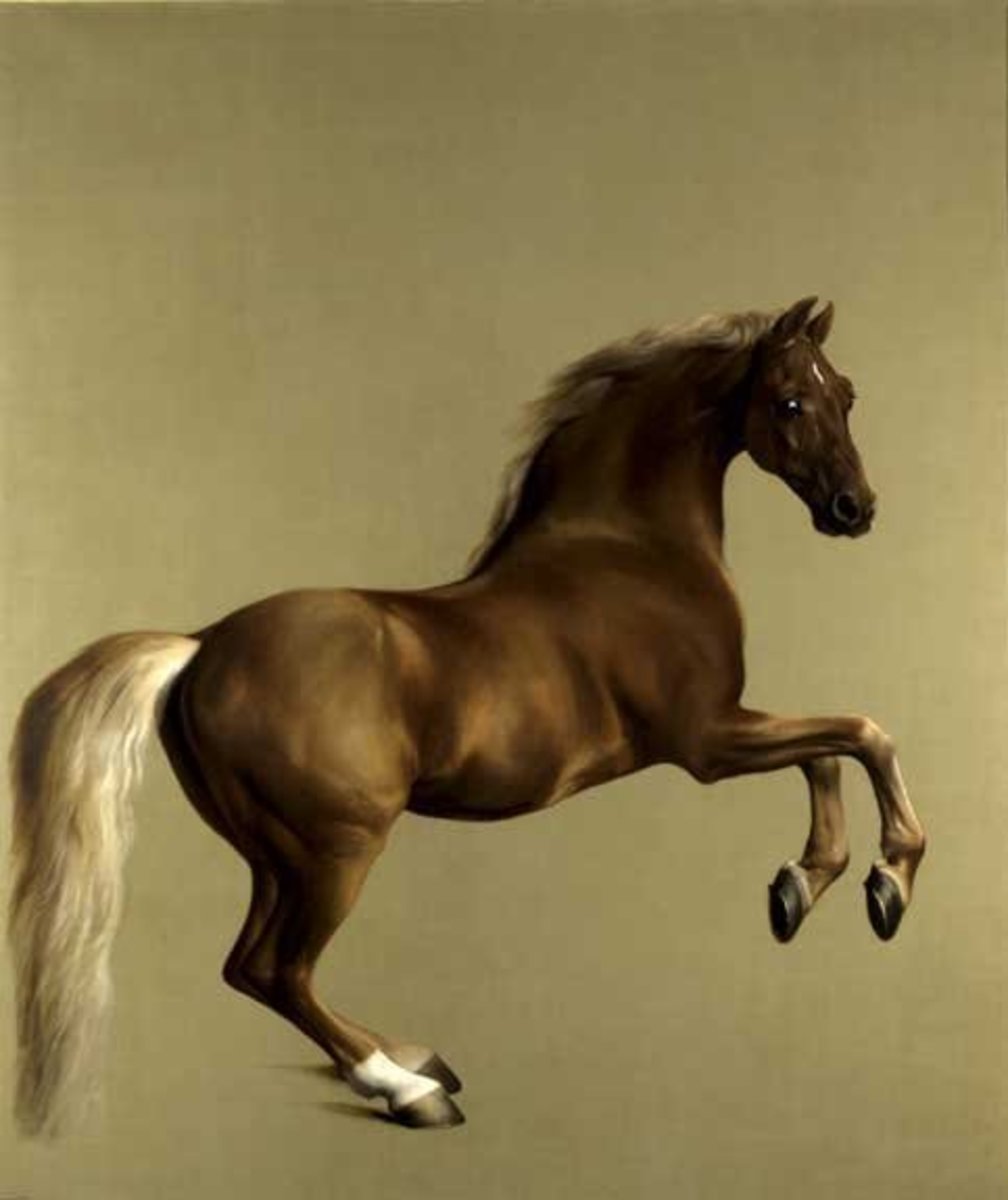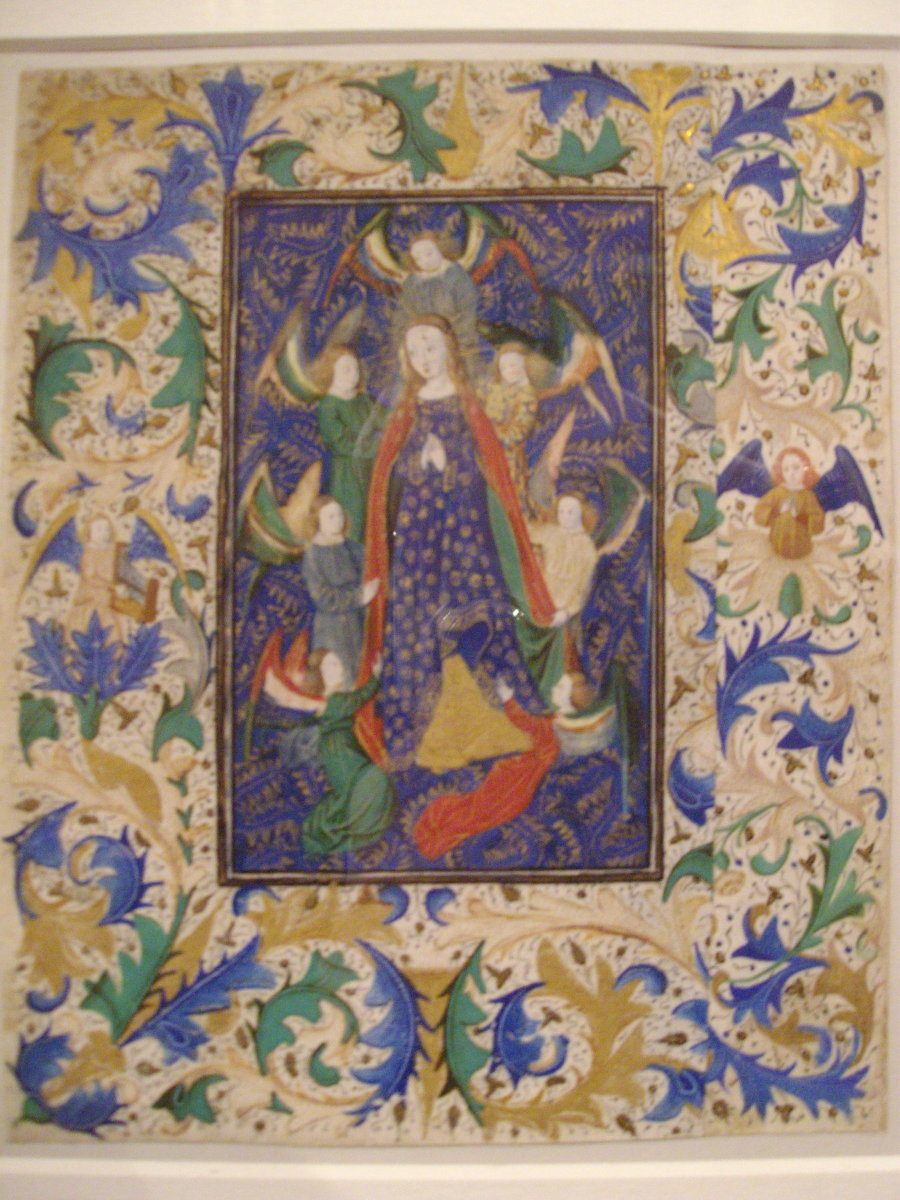The Head as Medium and Metaphor in Practice of African Art: A Cultural Inquiry
Art had been from the longest time an expression of culture. From the prehistoric times of drawings found on walls of caves, stones, and sides of mountains to contemporary modern era that we have now where art forms are articulated in different mediums, visual art has been an expression of the people’s culture, political structure, religious belief, identity, and heritage.
As such, art is an integral part of culture. It could also be assumed that art transcends personal expression, but is symbolic of something deeper, something more relevant not just on a personal level but on a collective level to that of a community wherein deeper cultural meaning could be attached to a representation or art form.
A Cultural Inquiry
It is with this premise—that art objects contain cultural significance that interest to art pieces become an anthropological and historical inquiry in a sense. Such in a way that questions does not only revolve regarding information about specific art object—‘Where did it came from?’, ‘How was it made?’, ‘What material?’, ‘Who made it?’ but broader inquiry about the relation of the art object to the aspect of human life or the culture that it represents or belongs to—i.e. ‘What is its historical significance?’, ‘Is it a religious or sacred object for worship?’, ‘What symbolisms are attached to it?’ these questions mean studying art in its cultural context (Hatcher 1999).
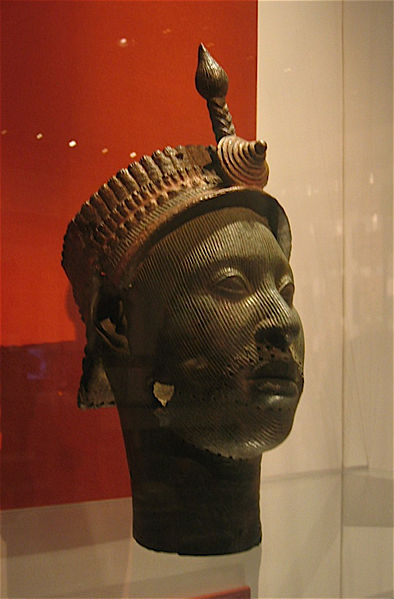
Head as Symbol
A severed head had been for most part of human history, the most typical religious symbol, decapitation have likewise been a ubiquitous theme on literature that have been prevalent in various genre. From the Middle Stone Age, to early medieval times, archeological findings have suggested that man have been for the longest time have strong fascination with severed head or have long found strong symbolism with a decapitated head. For a warrior, claiming a severed head of the enemy meant valor in battle, prestige, and a sign of power. As such, various art with motifs that have severed head on them can be found throughout history in various cultures.
In Celtic sculpture for instance the Pfalzfeld pillar “is adorned with carved heads on each side, and must have been crowned by another head, which has now disappeared” (Koch 2006).
In medieval art, head is often times used to symbolize two things, one is the mind, and the other is the spiritual life. This is why decorative art during this period consists of heads of saints. In stark contrast, Plato assumed that the human head is representative of the world, as he writes in his Timaeus. To back up Plato’s assertion, Leblant postulates that the skull—the crown of the human body signifies the heaven as depicted by its spherical shape. Clearly, both Plato and Leblant see the head and its sphere-shape as symbolic of oneness (Cirlot 2002).
The same concept of oneness is present in Egyptian hieroglyphics wherein the eagle’s head had been constantly used as an emblem and solar symbol to represent emanation of the cosmic flame and the universe’s spiritual fire. A representation of two or more heads means a more intense head-symbolism. Thus, the Gemini—represented by two heads signifies the duality of nature; Hectate on the other hand has three heads representing the heaven, earth, and hell. Here we see that an invisible, eternal, and deeper meaning is attached to the symbolism of the head that it boarders to religion. It goes beyond simply looking at the appearances and goes deep into spirituality. Something that transcends the physical: “man’s discovery of the independence of the spiritual principle, residing in the head, as opposed to the vital principle represented by the body as a whole” (Cirlot 2002).
Ife
Unlike Egyptian portraits wherein the role of it is primarily to ensure the survival of the physical bodies of the pharaoh and members of the royal court and important people, it does not seek to create an honest resemblance but to infuse ‘personalized realism’ and ‘plastic idealism’.Portraits are mainly for intellectual realism and provide a certain mysticism representative of royalty. As such, an Egyptian is almost always represented in full length. On the other hand, most African portraits of men and women—presumed to be kings and queens were mostly heads. These heads or busts are made of terra cotta, copper or brass (Coquet 1998).
From 700 to 900 AD, Ife Kingdom, predecessors of the Yoruba people, began to develop its artistic center through its talented artisans. Kings, queens, and dignitaries are immortalized though portrait and are depicted with large heads as opposed to a portrait of a whole body. This is in belief that the Ase—the inner power and source of energy of a person could be found in the head. Thus importance on the head could not be stressed enough (Wikipedia 2011).
Furthermore, besides representing the head as the vessel for Ase, portraits are also in general, depicted with their mouths closed or covered. This is very symbolic as well. It means that mouth is the source of speech and thus, for their speech to not be so powerful, it has to be covered. Artisan, though they give realistic impression of their portrait does not necessarily idealize individual people but would rather give more emphasize or idealize the office to which that person represents for instance the office of the king (Wikipedia 2011).
It is to this case that head portraits often come with elaborate head pieces (see top picture on cover page). Though artists paid particular attention to the contours of the face—curve of the cheeks, tension of the jawbone, rim of ears, positioning of the nose, shape of the nose, swelling of the nostril, markings of circles around the eyes, positioning of the eyes in their socket, and positioning, shape, and the dimension of the lips; it was the elaborate headdresses that were of great concern; crucial to it is attention to detail. “Hair and hats are treated methodically, even schematically” (Coquet 1998).
Though some brass heads have no head dress, it does have a pattern of small holes that traces the root line of the hair above the forehead and continuous to the base of the ear to the upper and lower lines of the mouth (see bottom picture on cover page). It is assumed that these holes were put in place to put beaded veil to cover the face (Coquet 1998).
Yoruba
The fall of Ife gave rise to the Yoruba. Because technically, Yoruba are the successors of Ife, same cultural principles, reverence, and heritage are attached to the head as symbols and art form. But as a people, Yoruba had also grown its own artisan.For the Yoruba people, attention to shape, detail, and vitality is important when it comes to art. It values more on resemblance rather than likeness—mimesis “the cultivated expression of resemblances (jijora), not likeness. it is mid-point mimesis between absolute abstraction and absolute likeness…a process somewhere between abstraction and exact likeness.” This rationality has something to do with the fact that though art should hang strong resemblance to a person, art must not be confused with reality (Morphy & Perkins 2006).
Another distinction that Yoruba has on its portrait is its lined marks. Though Ife have also put lined holes in their portrait as means to place veil, in again putting emphasize on head adornment, Yoruba people see face lines as marks of civilization, membership to ones community, and lineage (Morphy & Perkins 2006). Thus, lines on the faces is symbolic of boundaries, roads, spatial location to which it could mean the power of influence or scope of territory that a person has authority of.
Jasper Johns’ Target with Plaster Casts
- Target with Plaster Casts
Abstract expressionism finds its meaning on concepts based on structures and techniques that stand to symbolize meaningful subject matter usually of social events or personal experiences.
Conclusion
The use of head as medium and metaphor in practice of art as seen in Yoruba and Ife people could be best understood and interpreted if anchored in cultural context. Appreciating art object based on its aesthetic value alone—say, craftsmanship and the utilization of material devalues the antiquity and symbolisms that enriches the art form that could only be traced by looking at it through cultural and or historical context.
Moreover, by just looking at the superficial level, it gives only a myopic sense of understanding of another culture, and again, devalues the culture attached to the art form. History allows for a unified and in-depth understanding as to how the head is used as symbolism in art while cultural context allows us to put into perspective the historical value of the art form of that particular culture, in this case, of the Yoruba and ife.
Reference List
Cirlot, JE 2002, A Dictionary of Symbols, Dover Publications Inc., New York.
Coquet, M 1998, African Royal Court Art, The University of Chicago Press, Chicago.
Hatcher, EP 1999, Art as Culture: an Introduction to the Anthropology of Art, 2nd Ed, Bergin & Garvey, Connecticut.
Koch, JT 2006, Celtic Culture: a Historical Encyclopedia, Volumes 1-5, ABC-CLIO Inc., California.
Morphy, H & Perkins, M 2006, The Anthropology of Art: a Reader, Blackwell Publishing Ltd, United Kingdom.
Wikipedia 2011, Ife, viewed 3 March 2011, <http://en.wikipedia.org/wiki/Kingdom_of_Ife>.


